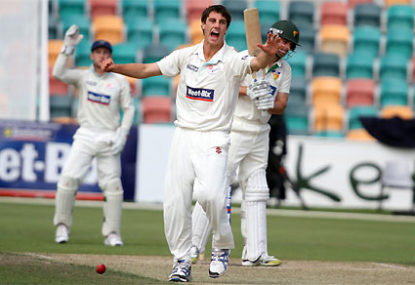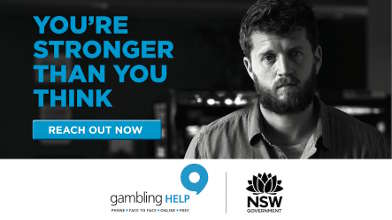Injuries in sport are a given – like death and taxes. In professional sport however, the stakes are higher, especially in cricket.
Think about it.
You are one of the fast bowlers in a four-man bowling attack, consisting of three quicks and a spinner. It’s the first session of day one of a Test match, and you charge in and bowl the first ball of your spell.
You are happy with the ball – off-stump line, with the batsman coming forward tentatively.
Everything seems fine to everyone but you – you’ve felt a twinge in your back.
You quickly dismiss it as a one-off. Just a bit of stiffness right? Isn’t this fast bowling caper meant to hurt a bit? No pain, no gain?
You walk back to your mark, trying to put it out of your mind, yet it is there, nipping away – that voice. What if it is something more than soreness? What if I can’t finish my over, my spell? We have only gone in with three frontline quicks and we have won the toss and bowled. This is only day one of the game – I don’t want to let anyone down!
All these thoughts go through your mind from when you felt the twinge in your back to when you get to the top of your mark ready to bowl the next ball.
You run in to bowl, focussing as much as you can on delivering your skill to the best of your ability. However the doubt is there. Will I feel it again? Will it be more severe?
You bowl the ball.
Decent delivery again, you think, because you hear your teammates shout “Well bowled”, and there is some clapping from the slip cordon.
But you are not focussed on what has just happened. Instead, you’re engrossed in the ‘feel’ of the delivery. And I don’t mean the ‘feel’ of the ball leaving the fingertips in the way you instinctively know your best ball ‘feels’. It’s the feeling in the body, in this case specifically your back. And your feedback is immediate, and more severe.
And you know. This is more than a niggle, more than a bit of stiffness. You know this is something more serious, and now you have a decision to make.
Do I keep going? Do I tell the captain? Do I call for the physio? He may just have a look at your back, give you some pain relief, and say everything will be ok.
You hope for this scenario. You yearn for it. Deep down however, you know that it’s not going to happen.
You call the captain over and explain the situation. He is very sympathetic and makes you feel a bit better. However you know that although you will get incredible support from him and the rest of your teammates, the team is a player down. Not just for this session, but also for the two remaining sessions of today, and four more days of the Test.
You walk off the park without completing your over. Devastated. Angry.
Why me? Why now?
I’ve let everyone down.
How is one meant to react when you get injured? The above scenario, especially early in my career as a young tearaway, was pretty close to the mark. You just want to go out there and play, and in my case just run in and bowl fast!
After numerous injuries, and scenarios similar to the one above, I found comfort in the words, ‘All you can do is all you can do’.
In other words, prepare yourself as best you can. Give yourself the best chance. Whatever happens after that will happen.
So I focused on getting myself into a position where my bowling action and my body could stand the rigours of international cricket. By preparing myself physically I also believed I was going a long way to preparing myself mentally for the challenges ahead – giving myself the best chance by doing all that I could.
Australia has a group of exciting young fast bowlers and a lot of attention has been on injuries and workload management. There is also suggestions that young bowlers simply need time to develop the physique to cope with high-intensity bowling.
Pat Cummins is a great example of a bowler who has had more injuries than most at a young age. What people have got to remember is that he is only 21 and has played six first-class games. There is no doubt that at times he has questioned himself, and had concerns about his body and his cricket – it’s only natural.
But he will be fine.
There are good people working with not only Pat, but many young fast bowlers to get them to a point where they are physically robust enough to handle the physical side of fast bowling.
Pat is not far away from the point where he will be able to bowl more overs in practice and games. He will continue to develop his craft and be an international bowler of note for many years to come.
Remember, Brett Lee had countless injuries at age-group levels and early in his first-class career. With the help of good cricket people working on his bowling, and a strong commitment from Brett and his strength and conditioning coaches, Australian cricket had a lad make his international debut at the age of 23. And we all know what happened after that!
I see a similar story playing out for young Pat Cummins.
Help is a click away
We’ve all faced setbacks that were tough to overcome. Problem gambling can feel like that. It feels like that to thousands of Australians every day.
But we’re all stronger than we think and help is just a mouse-click away.






























































































